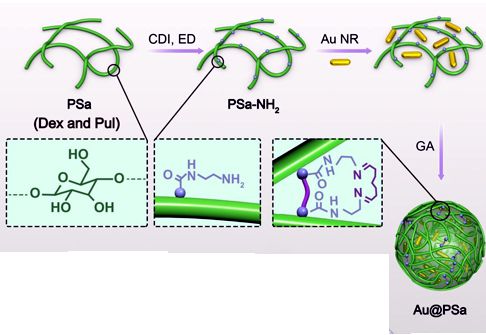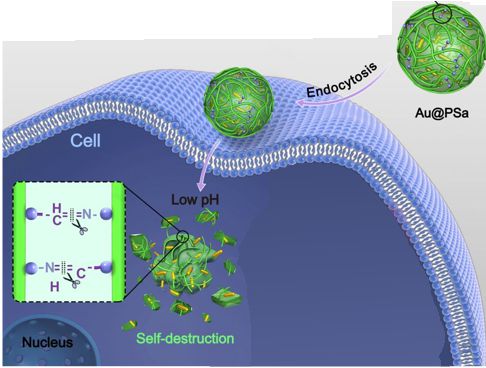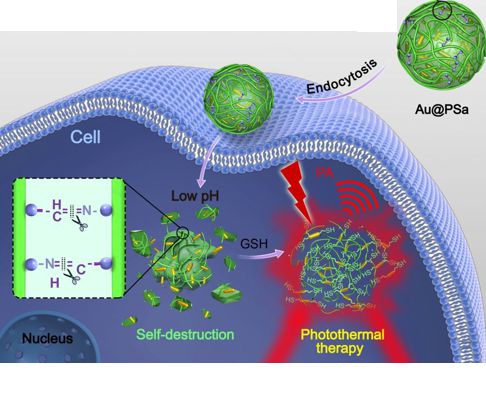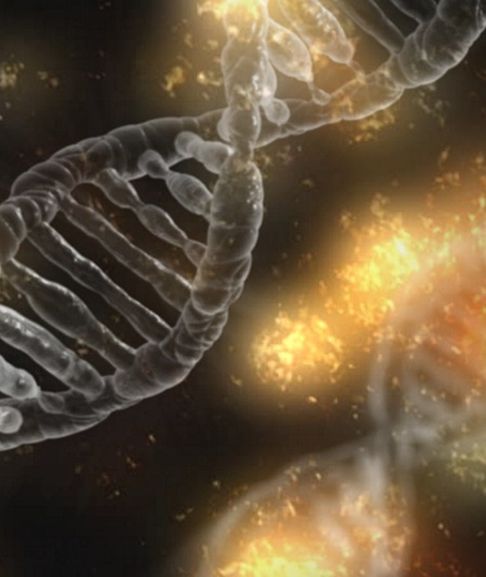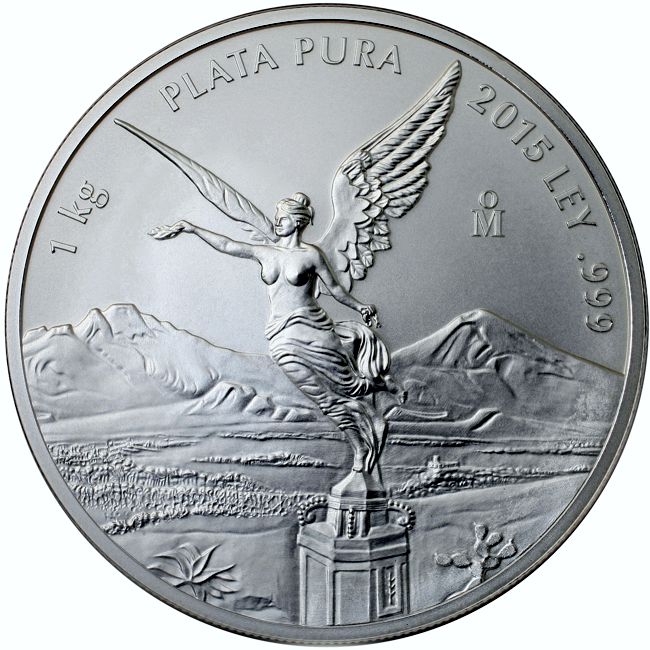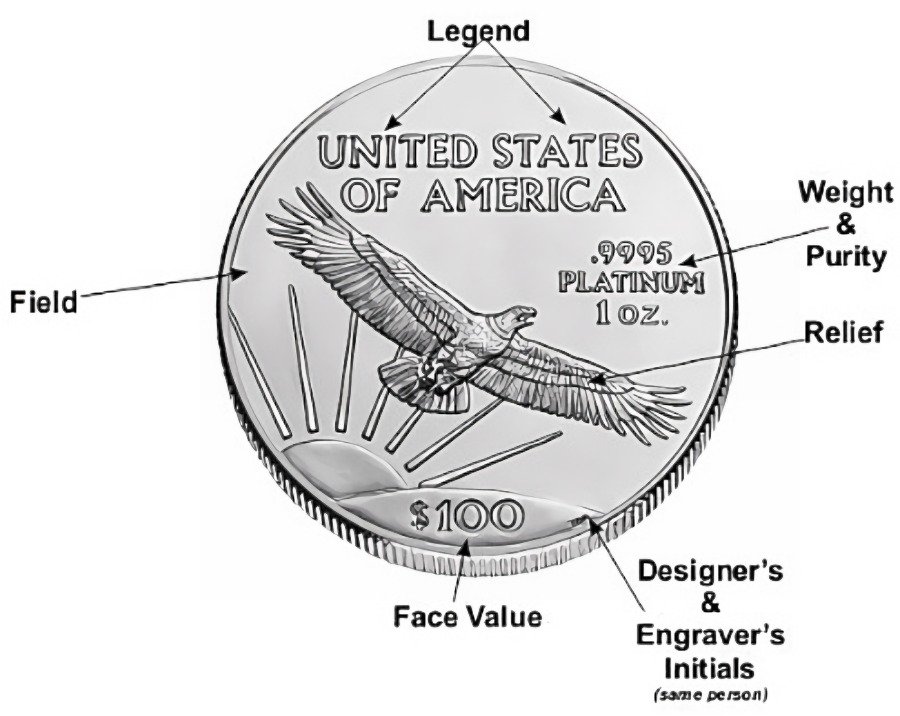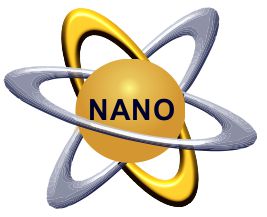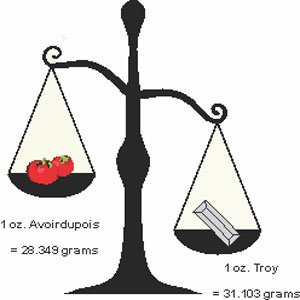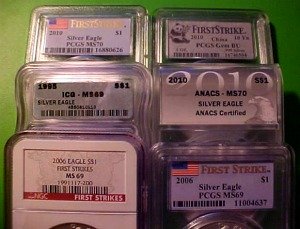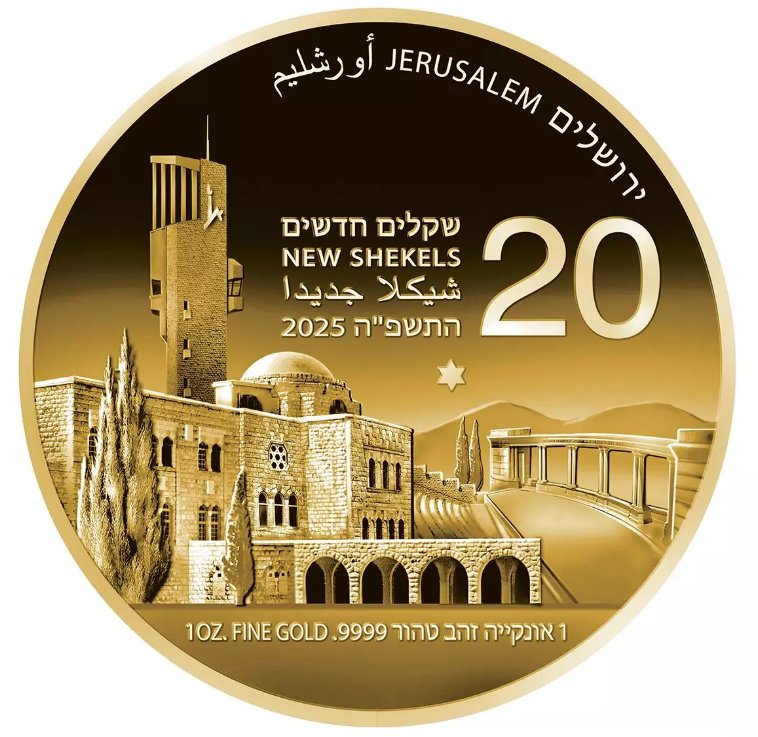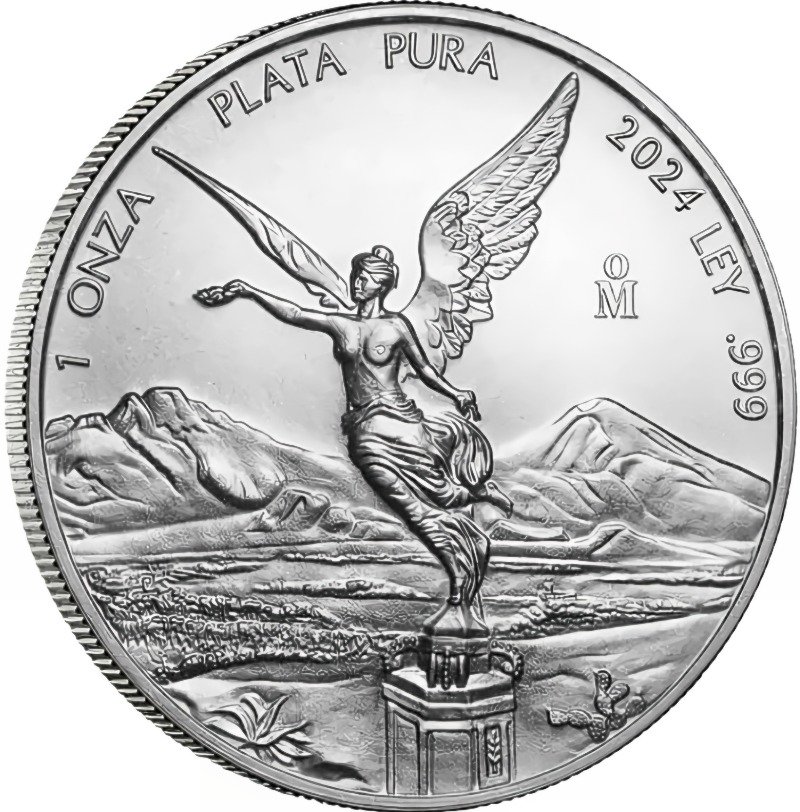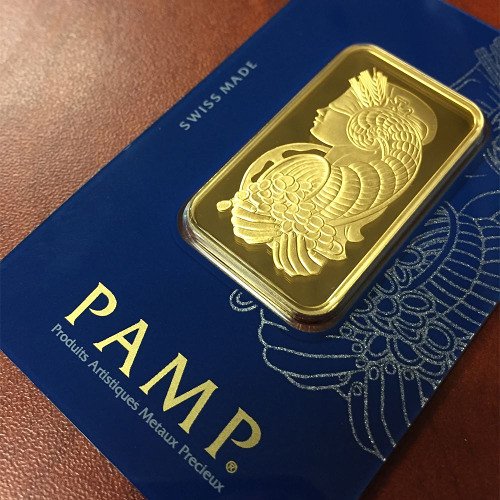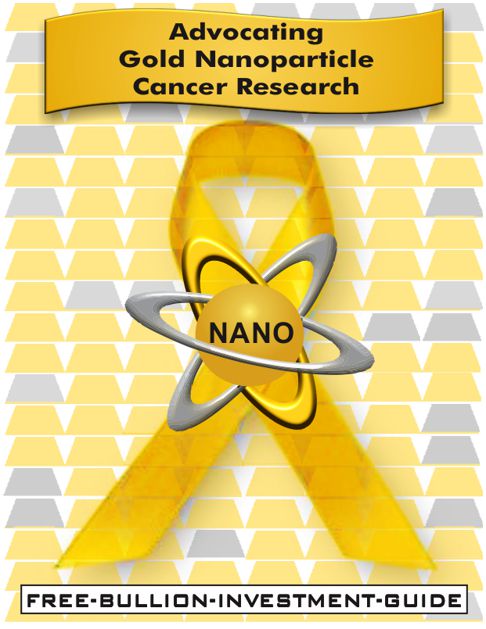Homepage / AuNP Research Blog / Gold Nanoparticle Cancer Research Report #9

ExpressGoldCash - 4.9 star - Customer Reviews
Gold Nanoparticle Cancer Research Report
#9
Originally Posted on 07/08/2018 @ 3:53 pm EDT
Last Edited on 4/11/2025
by Steven Warrenfeltz
To be the first to receive this guide's blog posts
Subscribe to this Blog
Hello,
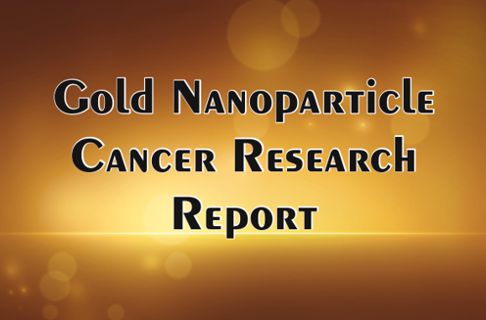
Hello,
Gold Nanoparticle Cancer Research is a non-invasive cancer treatment that kills cancer without harmful side effects.
In this report, you'll find summaries of the most promising and
compelling studies from June 2018 in regards to gold
nanoparticle medical research.
Below is a glimpse into what you'll find in this issue:
- Sugar & Gold Kill Liver Cancer Cells
- Silver & Gold work together to Fight Cancer
- Laying the Groundwork for Gold-Silica Nanoparticle Gene Therapy
Sugar & Gold
Kill Liver Cancer Cells
The first research report comes to us from the Beijing University of Chemical Technology.
In the study, researchers used two forms of polysaccharides (sugar) and gold nanorods to attack cancer cells in a living specimen (in vivo).
The first graphic below shows you how they weaved sugar molecules into gold nanorods; the polysaccharides "Dextran and Pullulan" chemical composition is shown in the first box.
In the next two boxes, in the graphic below, the combined sugars were bound to an amino acid called Azanide (NH2) to aid in the delivery of the cancer-killing molecule to the cancer cell.
Once the sugars were bound to the amino acid Azanide (NH2), gold nanorods were introduced into the solution to create the green cancer-killing molecule in the graphic above.
After the Gold Nanorod and Polysaccharides (Au@PSa) molecules were created, they were injected into the living organism, and through Endocytosis, the Au@PSa entered into the cancer cells.
Endocytosis is a process that all cells use to absorb molecules. In the process, the walls of a cell extend outward around a molecule, slowly encompassing it while pulling it into the cell.
Shortly after the cancer cell absorbs the Gold Nanorod / Polysaccharides (Au@PSa), the highly acidic (low pH) environment inside the cancer cells dissolves the Au@PSa molecule, causing it to self-destruct.
As the Au@Psa molecule dissolves, it releases gold nanorods throughout the cancer cell; at this point, researchers direct a laser at the gold nanorods, making them heat up, killing the cancer cell.
The heating process is called 'Photothermal therapy.' Images taken after Photothermal Therapy in the living specimens reveal massive shrinking of cancerous cells and fragmented nuclei.
Furthermore, there were no side effects to any major organs, and the surrounding non-cancerous healthy tissue remained unharmed.
See the full research paper here: Self-destructible polysaccharide nanocomposites with unlockable Au nanorods for high-performance photothermal therapy - nature
Silver & Gold Nanoparticles
Fight Cancer
In this next study, researchers from France, Canada, and Spain used gold nanoparticles with a silver core to attack and kill cancer cells.
Silver is known for having the highest electrical conductivity, thermal conductivity, and reflective properties of any other metal. On the other hand, unlike silver or any other metal, gold does not tarnish, and it does not degrade.
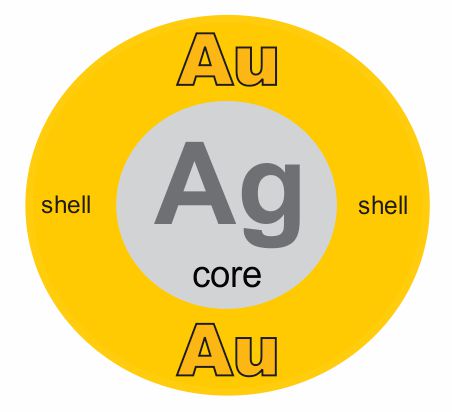 Gold and Silver Nanoparticle
Gold and Silver NanoparticleResearchers in this study produced hybrid nanoparticles made with a silver core surrounded by a shell of gold.
The study involved using Photothermal therapy (PTT), which refers to using infrared wavelengths directed at the nanoparticles to make them heat up. Furthermore, the researchers used living specimens (in vivo) to conduct their studies.
But before they tested the bimetallic nanoparticles, the researchers wanted to find out how each of the precious metals interacted biochemically alone in their efforts to kill cancer cells.
They found that silver nanoparticles created the greatest heating efficiency, but they also succumbed to the harsh, highly acidic biological conditions that are found inside a cancer cell, degrading their effectiveness.
However, the gold nanoparticles were not affected by the harsh conditions inside the cancer cell, and their integrity was not compromised, but they didn't heat up as much as the silver nanoparticles.
Ultimately, the researchers found that encompassing silver nanoparticles around a golden shell created the best cancer-fighting tactic for their study.
As a result, Photo-Thermal Therapy (PTT) was successful in harnessing the combined effects of the Ag/AuNPs (silver/gold nanoparticles) in a living mouse tumor model (in vivo).
The silver/gold nanoparticles showed that they provided the greatest results with the nanoparticle's golden shell shielding the silver core from the harsh biological environment and preserving its excellent heating properties that helped to alter and destroy the cancer cells.
An overview of the research can be found here: Intracellular Biodegradation of Ag Nanoparticles, Storage in Ferritin, and Protection by a Au Shell for Enhanced Photothermal Therapy - acsNANO
Laying the Groundwork for
Gold-Silica Nanoparticles
Gene Therapy
The last study of this report comes to us from the University of Delaware, where researchers are laying the groundwork for using gold-silica nanoparticles and lasers to inhibit cancer-promoting genes.
The gene therapy involves using a 'light-sensitive' form of RNA, which stands for RiboNucleic Acid (RNA), which is a molecule essential in various biological roles in the body that include coding, decoding, regulation, and expression of genes.
In the study, light-sensitive RNA called siRNA (small interfering RNA) was attached to the gold-silica nanoparticles. The light-sensitive 'siRNAs' were used so that the gene therapy would only target genes in the cancer cells.
The researchers were able to do this by focusing a near-infrared laser light onto the siRNA after the gold-silica nanoparticles entered the cancer cells. The light caused the gene-altering siRNA to be released from the gold-silica nanoparticles, where they attacked the target gene and killed the cancer cells.
Dr. Emily Day, the lead researcher in the study, stated the following about the experiments using siRNA and gold nanoparticles.
|
“Light-triggered siRNA release enables you to silence genes only where the particles and light are combined. Since you choose where the light goes, and thus where the siRNA is released, you can achieve very specific gene silencing in tumor cells, reducing the potential for off-target effects.” - Emily Day Ph.D. (Lead Researcher at the University of Delaware) |
See the full article here: Shining a light on gene regulation - The University of Delaware
See the Abstract from the study here: Evaluating the Mechanisms of Light-Triggered siRNA Release from Nanoshells for Temporal Control Over Gene Regulation - ACS Publications (Nano Letters)
Information about Emily Day and her University of Delaware research lab: The Day Lab - University of Delaware
Thank You for your Time.
Take Care & God Bless,
Steve
Other pages, on this Guide, that you
may like...
|
|
|
Notice:
The charts, commentary, and information on the Free-Bullion-Investment-Guide.com are not meant to encourage you to invest or divest in any particular way.
|
Support this Guide & Paypal Thank You for Your Support |
|
|
 | |||||

Ad Gloriam Dei
This website is best viewed on a desktop computer.
Keep this Guide Online
& Paypal
Thank You for
Your Support
with Feedly
Search the Guide
| search engine by freefind | advanced |
Premium Canadian Bullion

Give a lasting gift of the iconic Silver Maple Leaf bullion coin [More]
Free Shipping on Orders over $100 (CDN/USA)
or
From the U.K. Royal Mint


Daily
Newsletter
Updated Mintages for
American Gold Buffalo
American Gold Eagle
American Silver Eagle
2024 & 2025
Jerusalem of Gold Bullion
Coin photos
(bottom of page)
Mintages
for
2024
Gold & Silver Mexican Libertad
|
Gold Libertads |
Chinese Gold Coin Group Co.
& Chinese Bullion
Help Us Expand our Audience by forwarding our link
www.free-bullion-investment-guide.com.
Thank You!
Last Month's

In No Particular Order
November 2025
All Articles were Originally Posted on the Homepage
